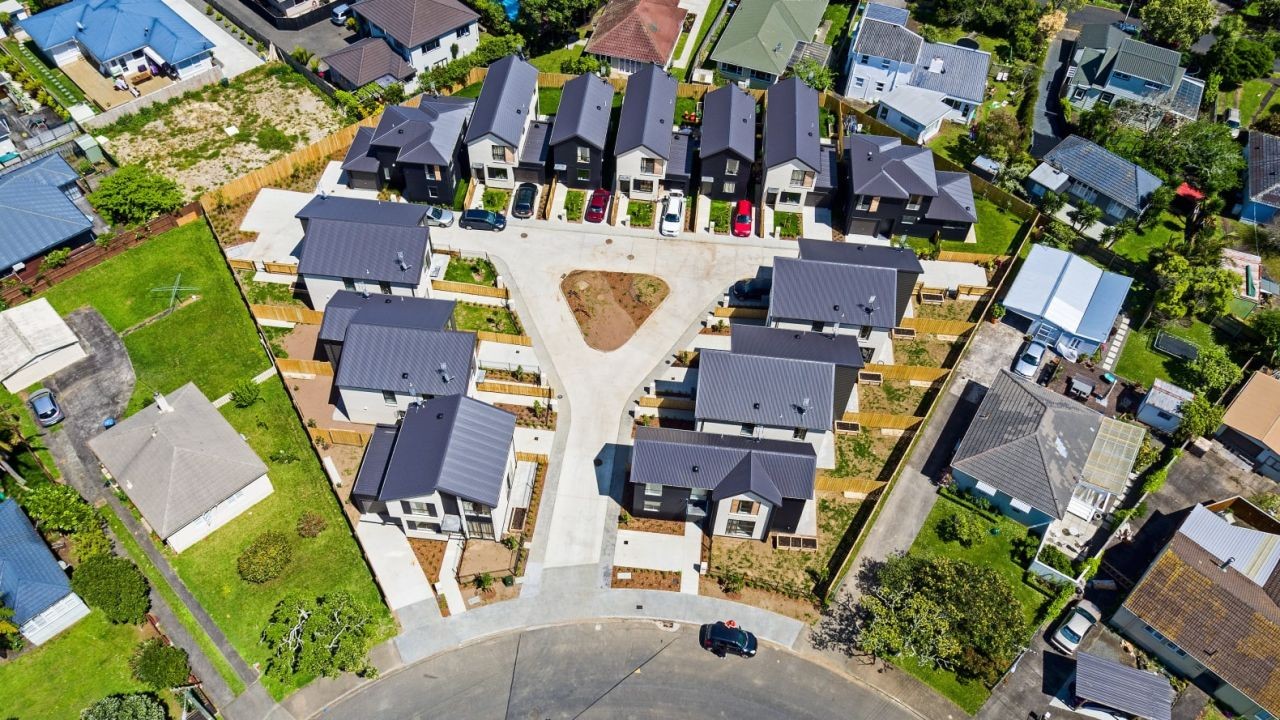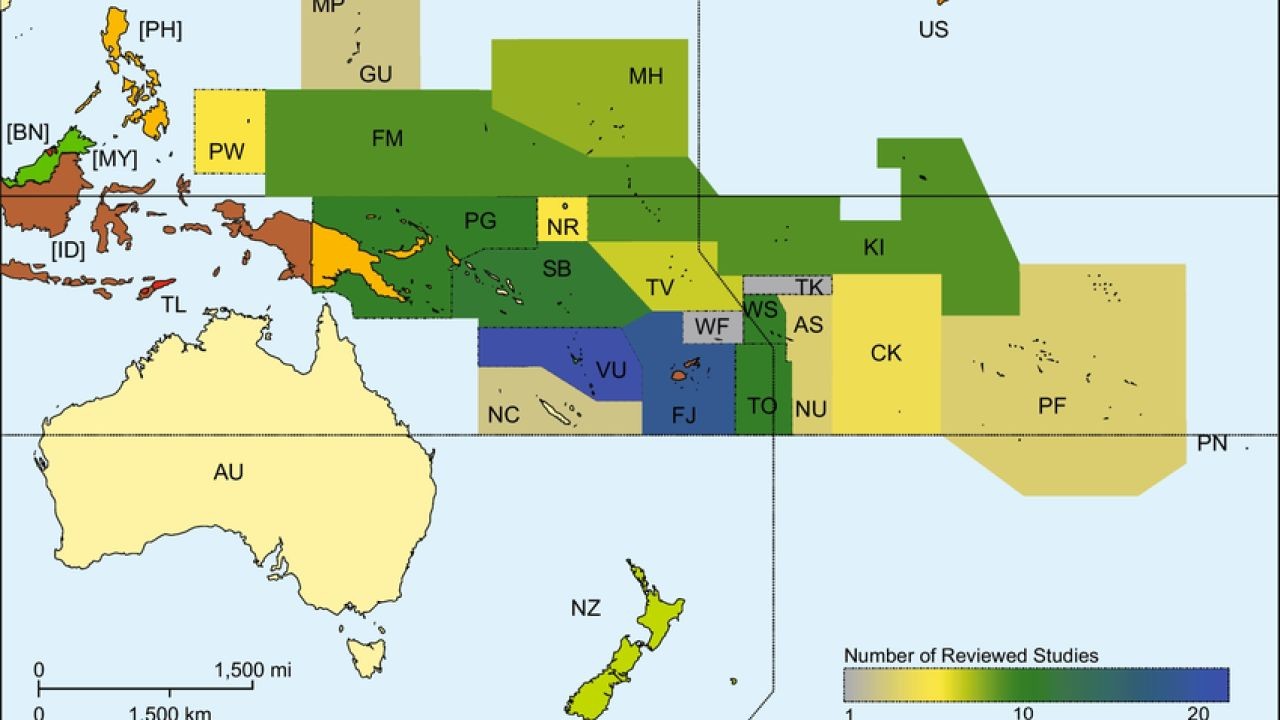Amidst New Zealand's breathtaking landscapes and vibrant culture, a pressing issue looms over the country—housing affordability. Recent reports indicate that New Zealand's Housing Affordability Index has reached an all-time low, causing alarm among economists, policymakers, and Kiwi families alike. Let’s delve into the intricacies of this issue, exploring its implications and potential solutions.
Understanding the Housing Affordability Crisis
In recent years, housing affordability in New Zealand has deteriorated significantly. According to Stats NZ, the median house price has surged by 27% over the past five years, outpacing income growth and making it increasingly difficult for average Kiwis to own homes. This trend is exacerbated by low interest rates, which have fueled property investment and driven up prices.
Case Study: Auckland's Housing Market
Problem: Auckland, New Zealand's largest city, faces severe housing shortages with demand far exceeding supply. This imbalance has led to skyrocketing property prices, making homeownership a distant dream for many.
Action: In response, the Auckland Council launched the Auckland Unitary Plan, aiming to increase housing supply through intensified zoning regulations and streamlined building consents.
Result: Over three years, the plan facilitated the construction of over 30,000 new homes, yet affordability remains a challenge as prices continue to rise.
Takeaway: While increasing supply is crucial, comprehensive strategies involving both supply and demand-side measures are necessary to tackle housing affordability effectively.
Expert Opinions and Industry Insights
Experts argue that the housing affordability crisis in New Zealand is a multifaceted issue requiring a holistic approach. Dr. John Smith, a leading economist at the University of Auckland, emphasizes the need for policy reforms. "We must address speculative investments and foreign ownership, which contribute to inflated property prices," he suggests.
Moreover, the Reserve Bank of New Zealand has implemented macroprudential policies, such as loan-to-value ratio (LVR) restrictions, to curb excessive borrowing and stabilize the housing market. Despite these efforts, critics argue that more stringent measures are needed to ensure long-term affordability.
Hidden Challenges: The Role of Construction Costs
One often overlooked factor is the rising construction costs, which significantly impact housing affordability. According to MBIE, construction costs in New Zealand have increased by 20% over the past decade, driven by labor shortages, material costs, and regulatory burdens. Addressing these challenges is vital to making housing more affordable for Kiwis.
Comparative Analysis: Lessons from Global Markets
Looking beyond New Zealand, other countries offer valuable lessons in addressing housing affordability. For example, Singapore's Housing and Development Board (HDB) has successfully provided affordable housing through government-backed initiatives and strict regulations on property speculation. Adapting similar strategies could help New Zealand mitigate its housing crisis.
Pros vs. Cons of Current Strategies
- Pros: Increased housing supply through zoning reforms and streamlined building processes.
- Cons: Persistent affordability issues due to speculative investments and rising construction costs.
Debunking Common Myths
- Myth: "High property prices are solely due to foreign buyers."Reality: While foreign investment plays a role, domestic demand and low interest rates are significant contributors.
- Myth: "Building more houses will automatically solve affordability issues."Reality: Without addressing demand-side factors, increased supply alone may not lead to improved affordability.
Future Trends and Predictions
Looking ahead, New Zealand's housing market is poised for significant changes. A Deloitte report forecasts a gradual stabilization in property prices as interest rates rise and macroprudential policies take effect. Furthermore, emerging technologies, such as modular construction, could revolutionize the building industry, reducing costs and accelerating housing supply.
Final Takeaways and Call to Action
- Fact: New Zealand's housing affordability is at a record low, with median house prices increasing by 27% over five years.
- Strategy: Implement comprehensive policy reforms addressing both supply and demand-side factors.
- Pro Tip: Embrace innovative construction technologies to reduce costs and boost housing supply.
As New Zealand grapples with its housing affordability crisis, collective action from policymakers, industry stakeholders, and communities is essential. By addressing the root causes and learning from global examples, we can pave the way for a more sustainable and affordable future. What are your thoughts on the housing affordability issue? Share your insights and join the conversation below!
People Also Ask (FAQ)
- How does housing affordability impact New Zealand's economy? Rising property prices strain household budgets, reducing disposable income and impacting overall economic growth.
- What are the biggest misconceptions about housing affordability? A common myth is that foreign buyers are the primary cause, but domestic demand and low interest rates are significant factors.
- What strategies can improve housing affordability in New Zealand? Experts recommend policy reforms, increased housing supply, and addressing construction costs to improve affordability.
Related Search Queries
- New Zealand housing market trends
- Affordable housing solutions in NZ
- Impact of interest rates on housing affordability
- Construction costs in New Zealand
- Government housing policies NZ































gmljesse045849
7 months ago